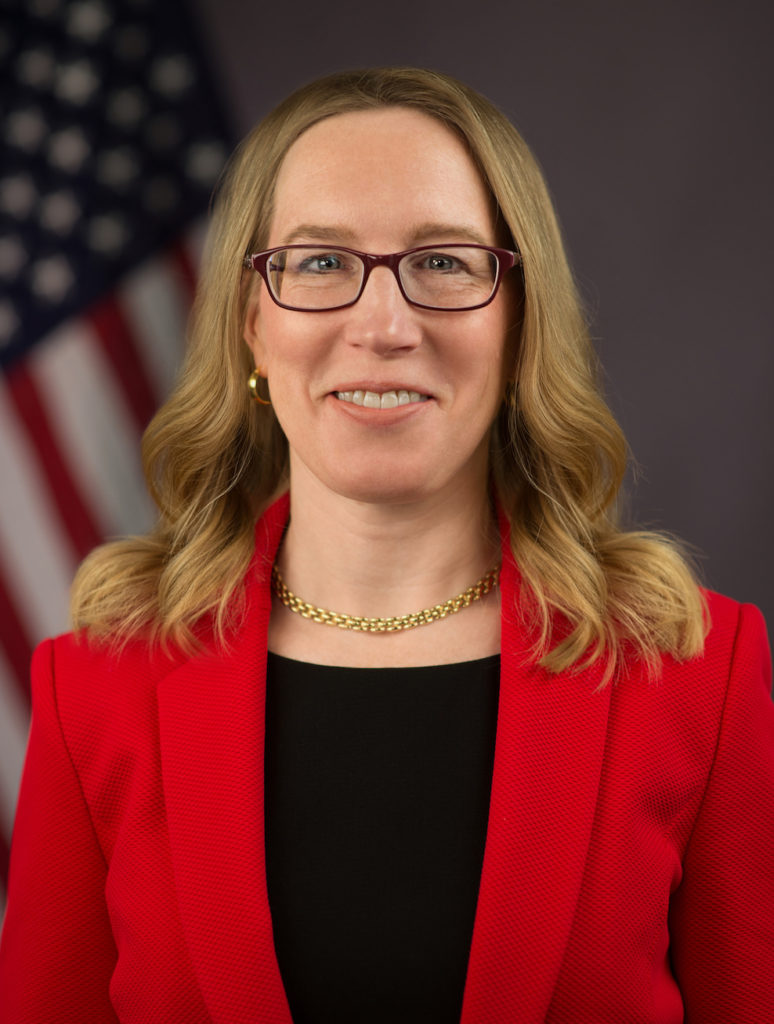
Grygo is the chief content officer for FTF & FTF News.
At long last, the SEC is ushering in a new era of electronic recordkeeping and many across the land are happy about it.
In particular, the SEC has voted to adopt amendments to its rules regarding “electronic recordkeeping, prompt production of records, and third-party recordkeeping service requirements applicable to broker-dealers, security-based swap dealers (SBSDs), and major security-based swap participants (MSBSPs).”
In short, the regulator has adjusted the rule that requires firms to “preserve electronic records exclusively in a non-rewriteable, non-erasable format, known as the write once, read many [WORM] format .”
Firms will now be able to “add an audit-trail alternative under which electronic records can be preserved in a manner that permits the recreation of an original record if it is altered, over-written, or erased,” according to the regulator’s legalese.
Some of the other major amendments are:
- Requiring “broker-dealers, SBSDs, and MSBSPs produce electronic records in a reasonably usable electronic format to allow securities regulators to search and sort information on the records;” and
- “Adding to the existing requirement in the broker-dealer recordkeeping rule that the firm hire a third party with the ability to access the firm’s electronic records that undertakes to provide the records to securities regulators if the firm fails or is unable to do so with an alternative that a designated executive officer of the firm can undertake this responsibility.”

Gary Gensler
SEC Chair Gary Gensler appears to be enthusiastic about the change.
“Some of the public may have experience with such recordkeeping if, for instance, they ever burned a CD,” Gensler says in his statement. “You had to get the playlist just right, as the data later could not be modified, overwritten, or erased. In the case of electronic recordkeeping, this helped to ensure the reliability and preservation of original records. … In the 25 years since we last updated these rules, technology has transformed … I think it is time to turn the page on the SEC’s WORM-exclusive recordkeeping requirements as well.”
Gensler finds himself in rare, although partial agreement with Trump appointee SEC Commissioner Hester M. Peirce.
In typical Peirce fashion, she praises the death of “a primitive technology” but wishes the SEC would have considered a new way forward.
“This day has been long in coming. … Given the inflexibility and costs of our current rules, I am happy to see this recommendation come before the Commission. The rule provides what appears to be a viable, less expensive, and more useful alternative to WORM,” Hester says.
Yet Peirce asks if there are lessons to be learned from the past 25 years of challenging, WORM-based storage.
“The release we are considering states that one of the goals of this rulemaking is to make the requirement ‘more technology neutral.’ I hope these amendments achieve this goal, but, to be frank, our experience over the past quarter century with the existing rule leaves me in doubt. As commenters pointed out, even in the mid-90s, it would have been foolish to assume that optical storage technologies would continue to be a commonly used form of storage,” Peirce says.
“Many people probably thought that a standard that required records to be kept in a non-rewriteable, non-erasable format would be much more durable. As I have already described, we had to revisit this question six years after we finalized the current rule. As a consequence, both firms and the Commission have been burdened with an expensive, obsolete, and probably, as a practical matter, unusable storage methodology for the better part of two decades,” the commissioner notes.
“What guarantees do we have that a rule that requires an ‘audit trail’ will be any different? If the past twenty-five years have taught us anything, it is that technological developments consistently surprise us all. I hope that ‘audit trail’ is sufficiently expansive to include all future technological solutions to identify changes to records and to reconstructing earlier versions of altered documents, but I fear that audit trail is to 2022 what WORM was to 1997,” Peirce warns.

Hester Peirce
She prefers “a principles-based approach that specified the objective we expected firms to achieve and allowed them to find the best technology available to them to reach this goal. … This kind of rule would ensure that firms are capable of doing what we expect them to be able to do under the rule we are considering today. For many of them, an audit trail might be the best solution. For others — or for firms doing business a decade from now — other, more economical solutions might be available.”
The regulator will publish the final version of the amendments via SEC.gov and in the Federal Register.
“The final amendments will become effective 60 days after publication in the Federal Register. The compliance dates for the new requirements will be six months after publication in the Federal Register in the case of broker-dealers and 12 months after publication in the Federal Register in the case of SBSDs and MSBSPs, “ according to the SEC.
The full 146-page rule amendments can be found here: https://bit.ly/3suDTW1
A shorter sheet of frequently asked questions can be found here: https://bit.ly/3VZcwkC
Need a Reprint?